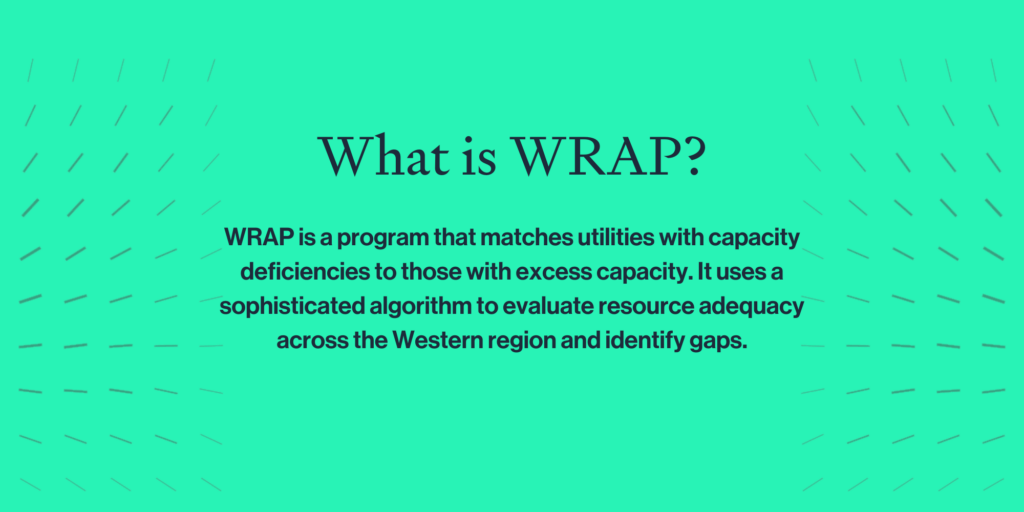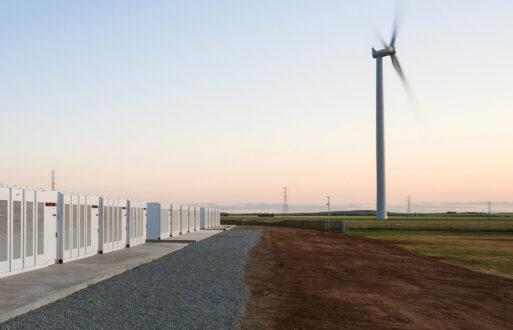The Western energy market is undergoing significant changes as the region transitions to more sustainable energy sources. The Western Resource Adequacy Program, or WRAP, is key to facilitating this shift, which aims to ensure grid reliability during the transition.
WRAP is still in the early development stages, making it confusing for utilities to determine whether and how to participate. As someone involved in the Western markets for many years, I want to provide some clarity on what the program entails and how we at PCI are supporting clients through the process.
PCI’s client-focused WRAP implementation process
At PCI, we take a client-centric approach to WRAP implementation. Even though details are still evolving, our early engagement allows us to support clients through each stage:
- We guide our utility partners in WRAP policy discussions to shape rules benefiting our clients
- We create software that closely matches requirements, so adoption is smooth
- We provide subject matter experts to guide WRAP planning and answer client questions (in fact, you can hear from our experts in the webinar, “Understanding New Market Initiatives in the West: WRAP, DAME, & EDAM”)
By partnering early, we can ease the transition for our customers as WRAP develops.

What is WRAP and what does it do?
In simple terms, WRAP is a program that matches utilities with capacity deficiencies to those with excess capacity. It uses a sophisticated algorithm to evaluate resource adequacy across the Western region and identify any gaps.
For example, if Utility A is forecasted to be short on capacity due to an increase in renewable resources, WRAP will match them with Utility B that has excess thermal generation capacity. Utility B would then essentially sell its excess capacity to Utility A.
This sharing of capacity across the region is expected to dramatically improve reliability as more variable renewable resources come online.
Why participate in WRAP?
Participating in the Western Resource Adequacy Program provides two major benefits for utilities:
Confirm resource adequacy
By submitting capacity to WRAP, you can verify your utility has sufficient generation and transmission to meet demand in both long and short timeframes. WRAP matches deficiencies with utilities that have excess capacity, preventing steep penalties.
Accurately value capacity
Utilities with excess capacity will have that capacity valued based on market clearing prices. For utilities with stored hydro capacity this is important due to the high capital cost of operations.
The drawbacks of a ‘free’ WRAP solution
- It requires manually entering data across multiple portals, creating a significant administrative burden
- No consolidated data history makes it challenging to forecast exposure or shadow settlements
- IT must support a complex new system without the benefits of automation and integration
Why engage early?
Early WRAP involvement, while details are still unsettled, allows time for thoughtful planning and preparation.
At PCI, our early presence has proven beneficial for clients. We’ll continue using our role to ease the transition for utilities adopting WRAP.
PCI can help your utility navigate the changes ahead.
Learn more about the role of WRAP in the Western grid in this webinar, “Understanding New Market Initiatives in the West: WRAP, DAME, & EDAM.”








